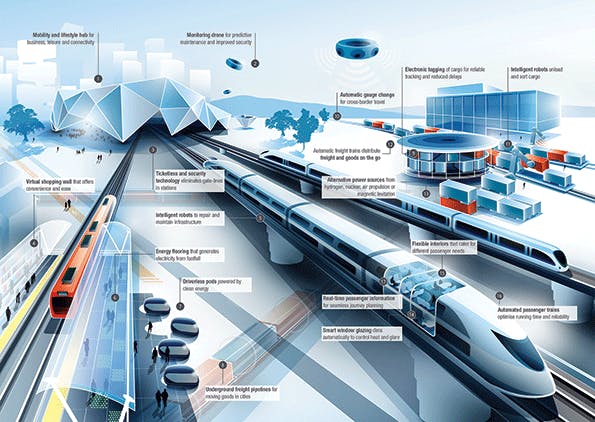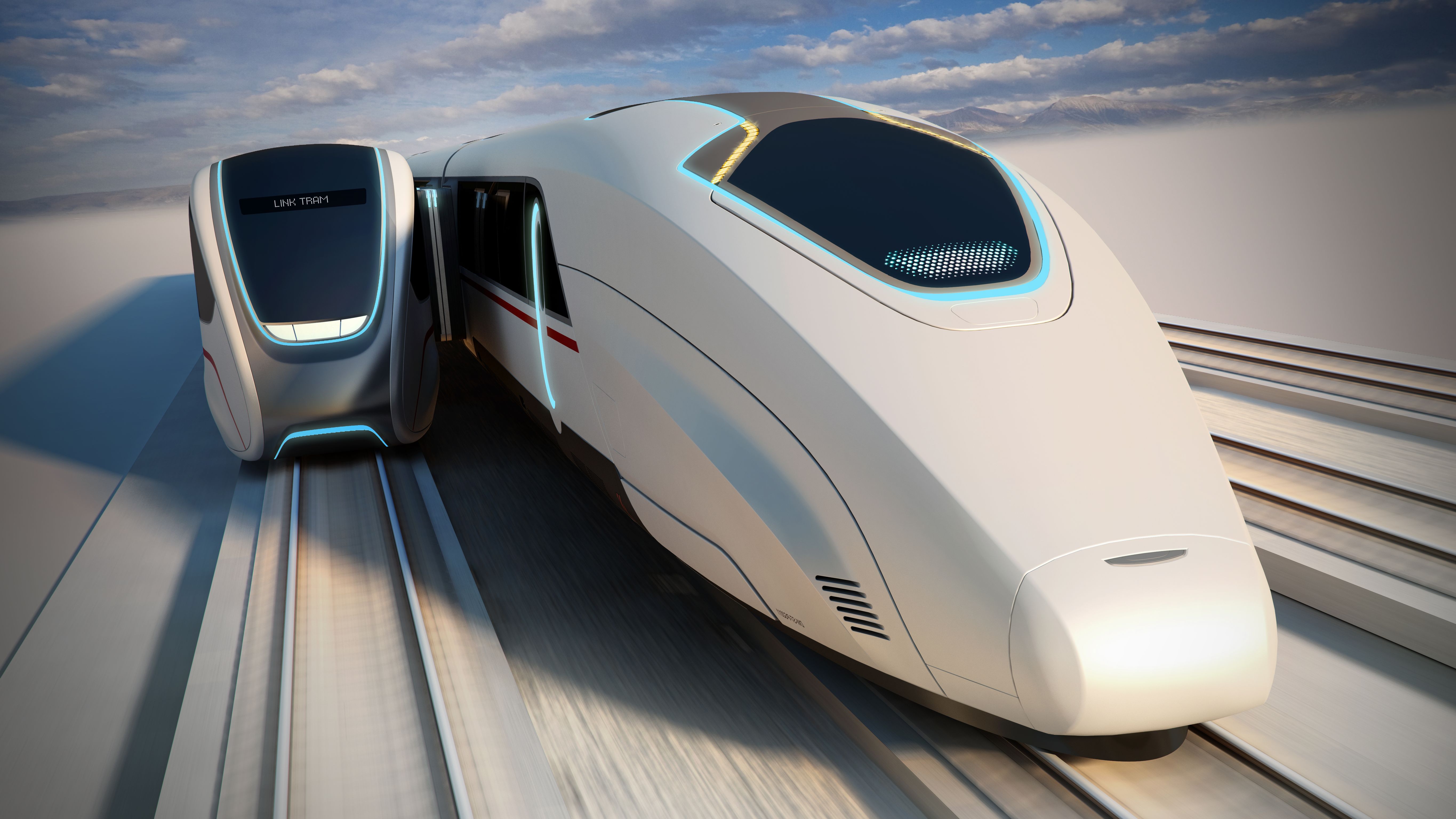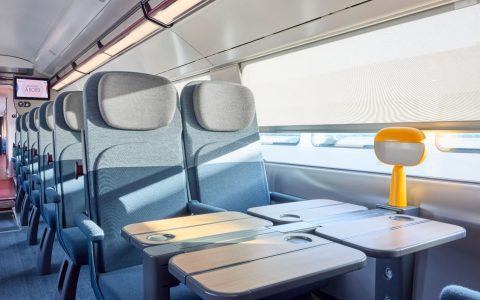Modern train stations integrate advanced technologies to streamline passenger journeys and improve operational efficiency. Here's how key innovations work together:
Smart Ticketing & Payment Systems
Contactless is the standard. Passengers tap bank cards, smartphones, or dedicated transit cards at gates equipped with NFC/RFID readers, replacing paper tickets. E-tickets via QR codes scanned on mobile apps are equally common. These systems integrate with journey planning apps for seamless fare calculation and payment.
Real-Time Information & Navigation
Large, high-definition digital displays provide instant updates on train arrivals, departures, platform changes, and delays. Mobile apps synchronize with these systems, offering personalized alerts and journey tracking. Indoor GPS and Bluetooth beacons enable precise indoor navigation, guiding passengers to platforms, amenities, or exits via their smartphones.

Enhanced Security & Safety
Integrated surveillance networks use AI-powered cameras for:
- Anomaly detection (e.g., unattended bags, overcrowding)
- Facial recognition (for specific security applications in authorized areas)
- Traffic flow monitoring
Automated baggage scanners and advanced sensor systems screen luggage swiftly.
Accessibility Innovations
Stations prioritize universal access:
- Tactile paving and audio announcements for visually impaired passengers.
- Elevators and ramps with real-time status indicators.
- Mobile apps offering station-specific accessibility maps.
- Visual information systems (like induction loops) for the hearing impaired.
Sustainable Operations
Focus on energy efficiency using:

- Smart lighting systems with motion sensors.
- Renewable energy sources (solar panels, geothermal heating/cooling).
- Energy-efficient building materials and climate control.
- Digital platforms reducing paper usage for tickets and information.
Crowd Management & Flow Optimization
Sensors and camera analytics track passenger density in real-time. This data feeds into:
- Predictive models anticipating congestion points.
- Dynamic signage directing passengers to less crowded routes or gates.
- Operational adjustments (e.g., opening extra ticket gates).
Collectively, these technologies transform stations from simple transit points into efficient, user-focused mobility hubs, significantly reducing travel friction and enhancing the passenger experience.






